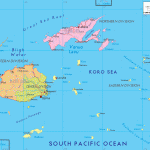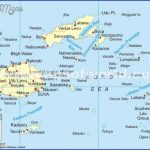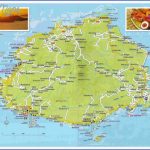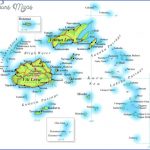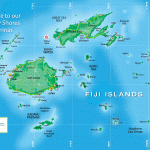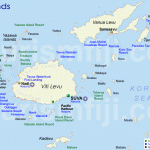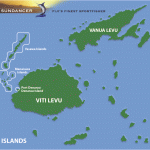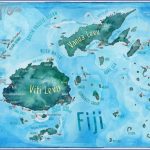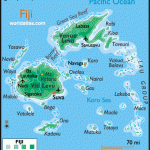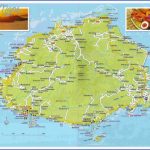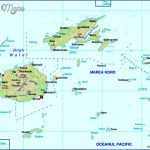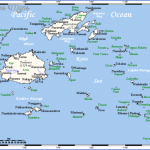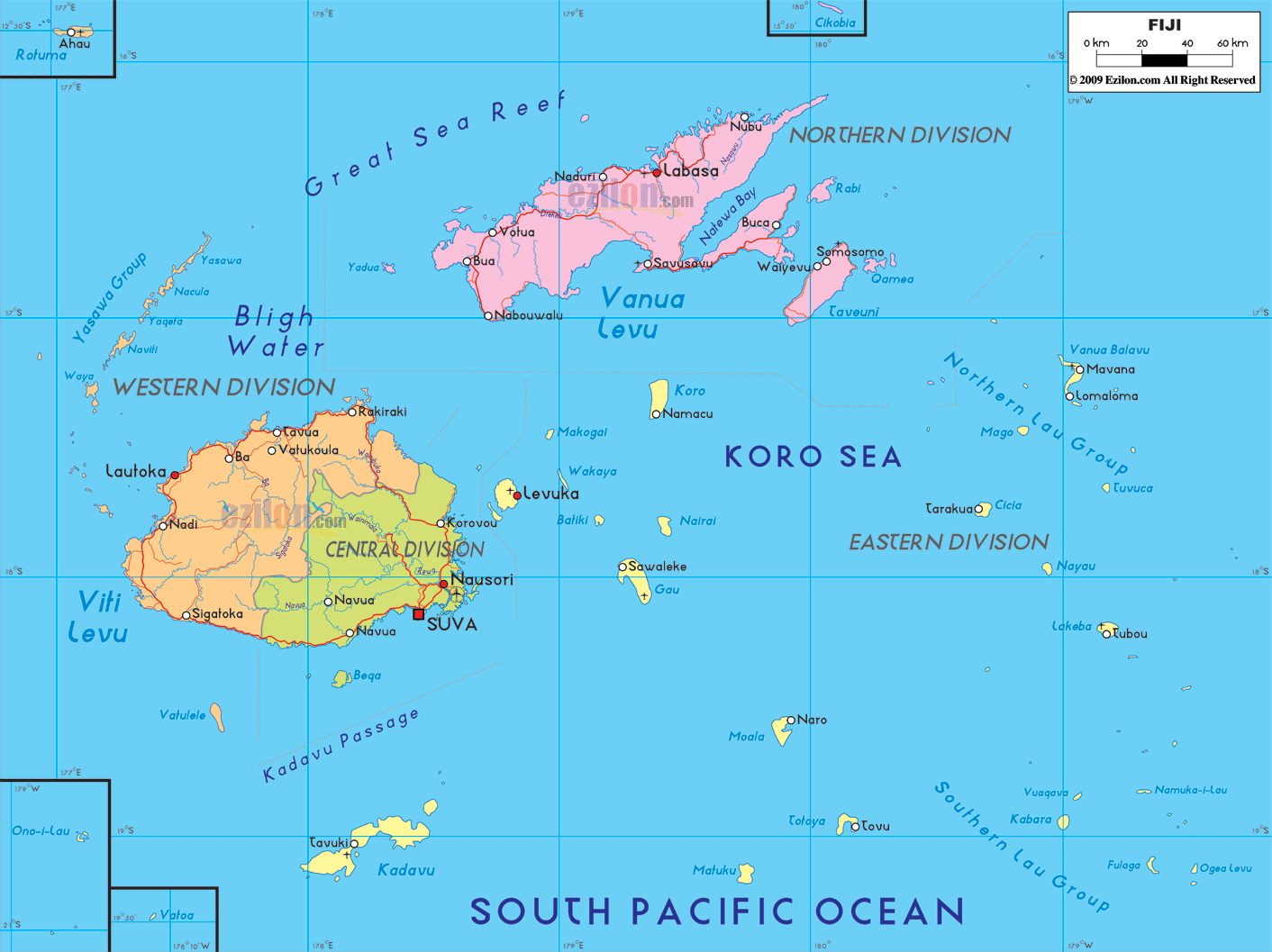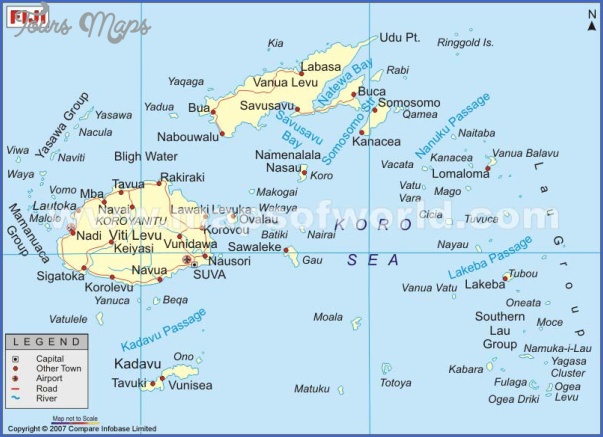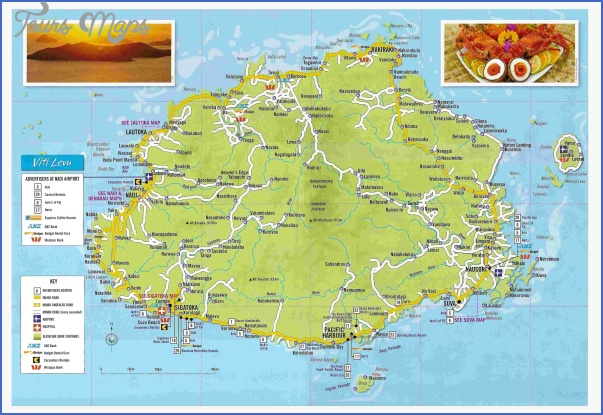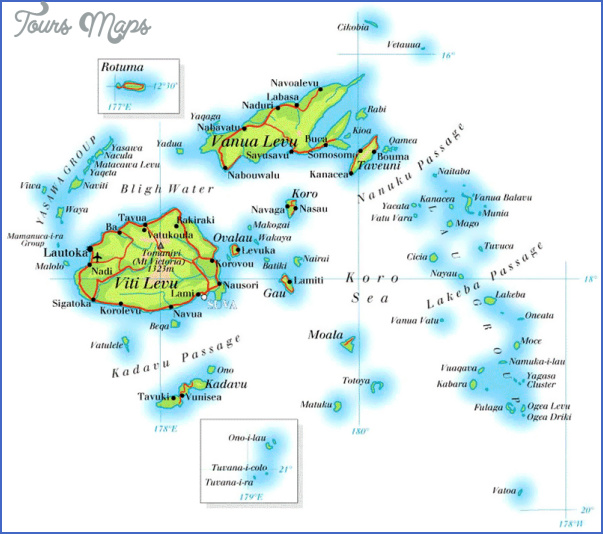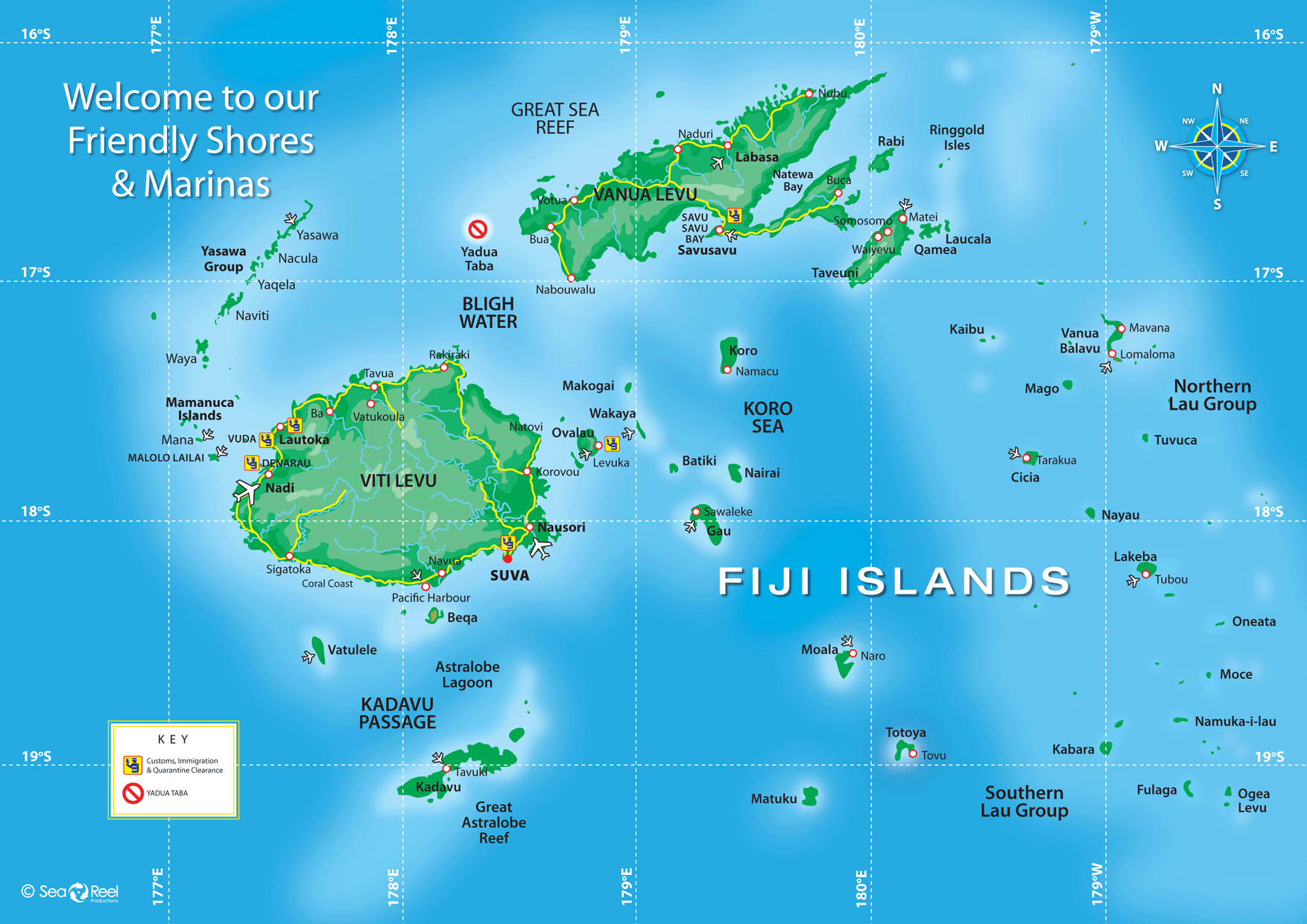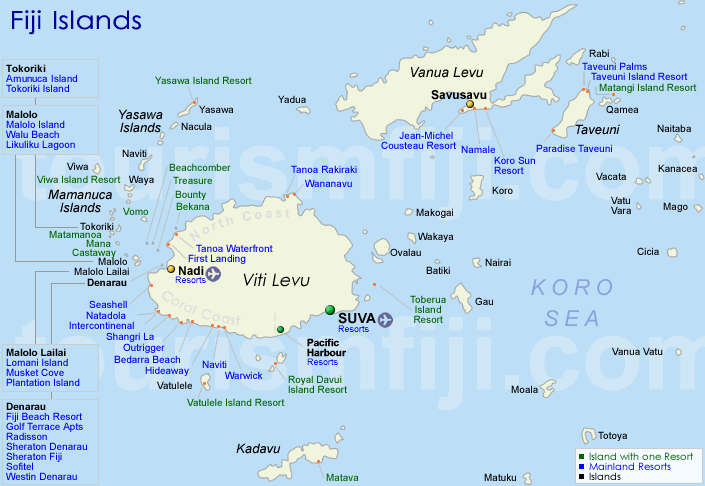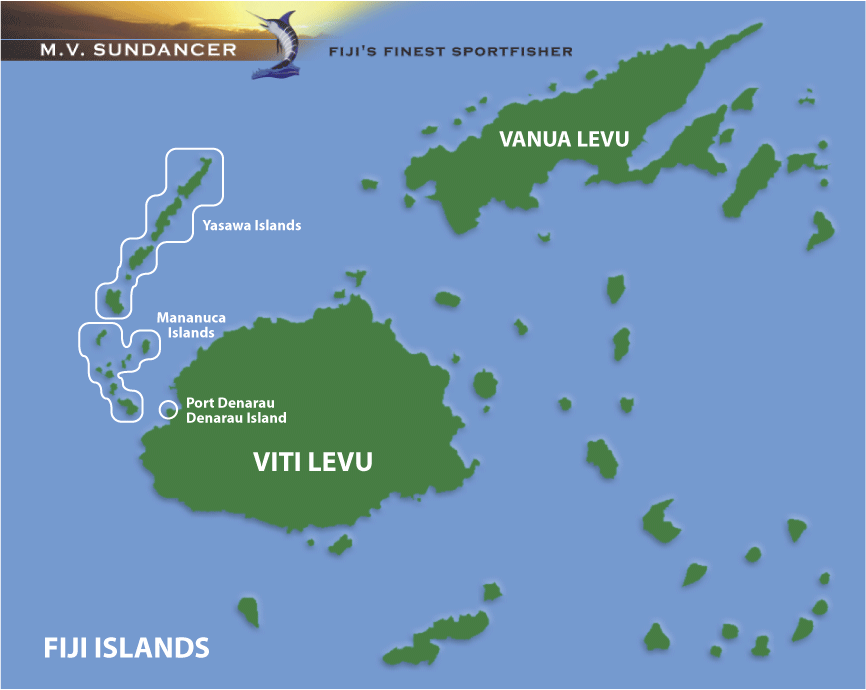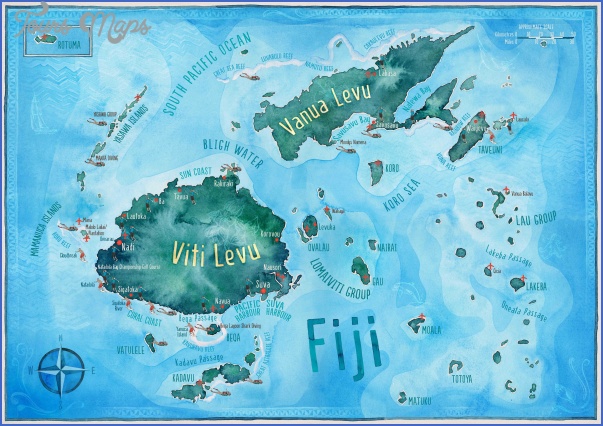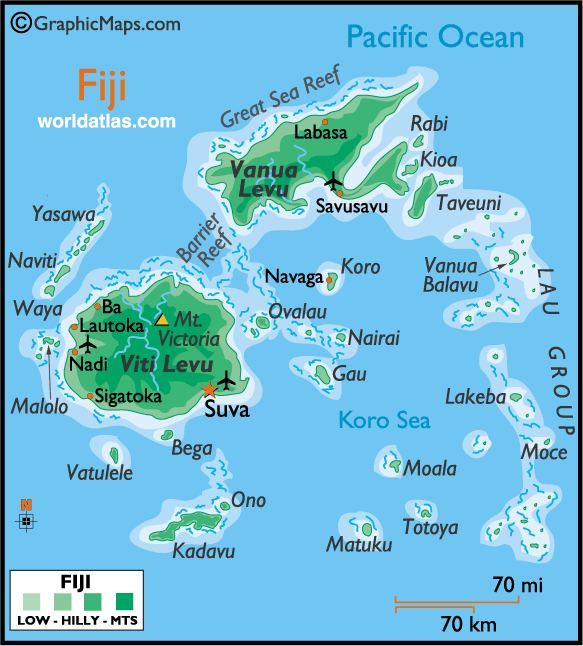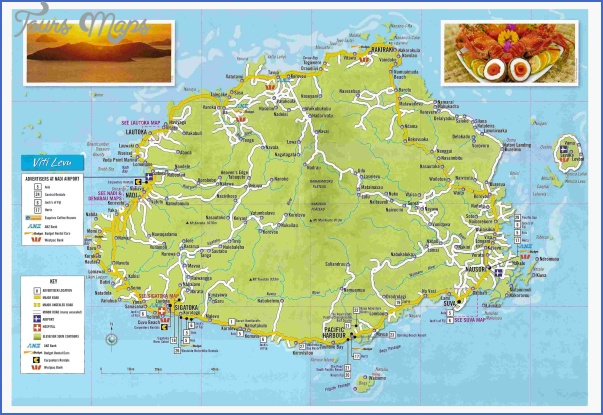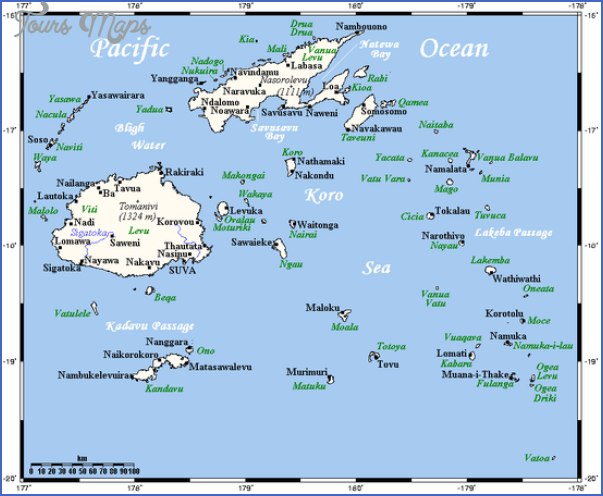Fiji is an example of how dependent some destinations are on air transportation. Several airlines once used the Nandi airport enroute to and from Australia, New Zealand, North and South America and some Pacific Islands. Fiji’s tourist business grew rapidly and with it the number of hotel rooms. Tour packages could easily be assembled with Fiji as a few-days stopover, or as part of the package tour of the South Pacific. The airlines scheduling Fiji as a stopover also promoted the little country. Prices were comparatively cheap. Some 200.000 visitors came in 1981, 60 percent from Australia and New Zealand, three or four air hours away. With the 1982 recession, several of the flights were cancelled by the airlines and tourism declined.
Australians and New Zealanders are major markets for Fiji. Fiji is seventeen hundred miles northeast of Sydney, eleven hundred miles north of Auckland, New Zealand.
The National Geographic magazine traces the peopling of the Pacific as originating in China, Taiwan, and the Philippines and also from Borneo and Java, dating between 3000 B.C. and A.D. 300. The more recent Polynesian voyages are dated between A.D. 300 and A.D. 1000. These later migrations, over thousands of miles of open ocean, are believed to have started from the Marquesas Islands. Probably because of over-population and war, various chiefs led their followers north to Hawaii, south to Easter Island and southwest to Tahiti and New Zealand. The migrations continue today as South Sea islanders emigrate to New Zealand, Australia, Hawaii, and mainland United States.
The Polynesian Triangle is formed with Hawaii as one point, New Zealand another and Easter Island as the third. Easter Island is a curiosity because of the gigantic figures sitting erect around the island, carved without metal and moved without wheels. The island was a microcosm of people’s suspicions of each other who are slightly different. At one time two groups of Polynesians occupied the island. One group had long ears, the other short. The short-eared ate the long-eared.
The unity of the Polynesian Triangle is borne out by the appearance of the people and the commonality of culture. The word for house or residence is similar throughout the islands. In Hawaii it is hale, in Fiji it is vale. Home in Tahiti is fare. In Tonga and the Samoas the word for dwelling is fale. In far off New Zealand where the Maoris settled the word has changed to whare.
Fiji is regarded as a South Pacific crossroads where the Melanesian dark-skinned people mingled with the browner-skinned Polynesians. About half the population of Fiji’s 500.000 people are today descendents of laborers brought to Fiji from India almost a century ago. The melding of races continues.
Fiji Map Photo Gallery
Maybe You Like Them Too
- Explore Southgate, Michigan with this detailed map
- Explore Les Accates, France with this Detailed Map
- Explore Góra Kalwaria, Poland with this detailed map
- Explore Gumdag, Turkmenistan with this detailed map
- Explore Telfes im Stubai, Austria with this detailed map

